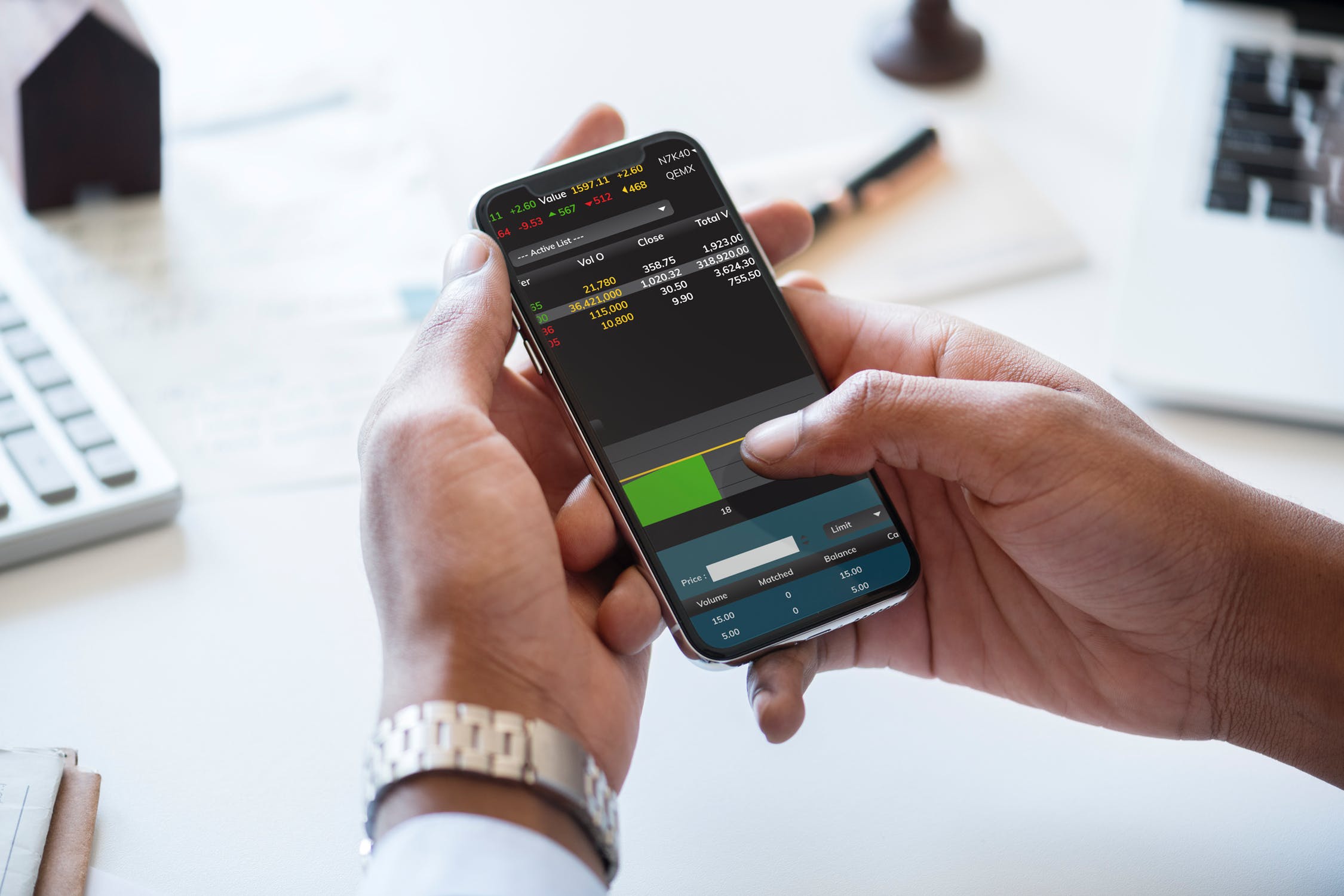
Investment strategies all over the world have changed over the years. There have been many reasons for these changes. Technological and economic development is the primary reasons for it. However, the change can also be attributed to the changing mentality of the investors as well. Not too long ago, investment was considered to be only stable if you were willing to invest in the long term.
On the principle of long term investments, legends like Warren Buffet was born. These successful investors bought shares and kept them in their trading accounts for decades without selling them. However, in this fast-paced world where people are looking for instant results, it is not unique to find investors who are not willing to wait years for returns.
This is perhaps the reason why an alternative to delivery trade was born in the form of intra-day trading. While investors who indulge in delivery trading are known to be patient and willing to wait for years for their returns, intra-day trading is an option which is for primarily earmarked for the short term investors. Thousands of investors participate daily in this market and track changes in the stock market every minute and end making a fortune for it. Let us delve deeper into the concepts of delivery trading and intra-day trading.
Delivery Trading and Intra-day Trading – Differences
In the modern market, it is possible for you to trade in two different ways, depending on your aims and aspirations from the market and your requirements and skills. These two options are intra-day trading or the more traditional delivery based trading. Intra-day trading as the name suggests is typically a form of trading that is completed within a day. In this market, the investor has to sell the shares that he or she may have purchased before the close of the market for the day. In case, the shares are not sold within the stipulated time; the shares automatically get squared off before the closing of the day. Delivery based trading or investment, on the other hand, is completely different as there is no set time frame on the purchase or selling of the shares. There is no compulsion of buying or selling shares within any time frame, and the investor has the flexibility to hold on to his or her share as long as they may want to. This is where the basic difference between the two lies. Like everything else, both of these trading options come with a set of pros and cons which the investor needs to be aware of. Let us check out the advantages and disadvantages of the two.
Intra-day Trading – Advantages
Although many investors looked at intra-day trading in a negative light, intra-day trading soon became popular because of the number of advantages on offer. The biggest and the most obvious advantage of intraday trading is the concept of margin money. Margin money allows the investor not to pay the full amount immediately when purchasing a share in intra-day trading. The investor only needs to pay a part of the price, and it gives them the right to hold the shares. This allows investors to gain more than they actually invest. On the flip side, it also means that the possibility of a loss would also be higher.
Another advantage that comes with intra-day trading is that it allows the investor to short sell shares. This means that the investors can sell the shares even before they have bought the shares. However, in this case, one needs to complete the purchase the share before the market closes, to take advantage. This enables the investors to make profits even if the price of the share is destined to fall.
Intra-day trading also is easier on the pocket for the investors because the charges levied by the brokers are much lesser than those in case of delivery based trading. This makes it a popular choice among the beginner and the younger investors in the market.
Intra-day Trading – Disadvantages
While intra-day trading is a highly profitable and cost-effective way to earn returns, it does have its share of disadvantages, none bigger than the issue being time-bound. The fact that all the trade has to be completed within a day means that no matter how confident an investor is, he or she has to sell the share before the close of the day. This means that if the share bought by the investor loses price, then there is sure to be a monetary loss for the investor. Moreover, there are no benefits like bonuses and dividends in intra-day trading that you associate with long term investments.
Apart from the day-bound disadvantage, another underrated but very important disadvantage of intra-day trading is the fact that it can become extremely stressful for the investor. If an investor is to become successful in intra-day trading, then he or she has to follow the ups and downs of the market constantly. This causes the investor to experience a sudden surge in excitement and discouragement at short intervals. Such a rapid and quick change in emotions on a daily basis over an extended period of time can be a cause for mental problems for many.
Intra-day Trading vs. Delivery Based Trading – The Better Option
The sheer lure of earning money in a short span of time can suck many investors into intra-day trading. Many of these investors may not be ready for the hard grind that is associated with intra-day trading. In intra-day trading decision making has to be spot on as the traders own shares only for hours or minutes, whereas in case of delivery trading one has the time to wait for the market to correct itself.
If a trader is confident that he or she has the capability and the expertise to correctly judge the mood of the share prices regularly at small intervals, then only should the investor consider intra-day trading. For this, an investor needs to be extremely adept at technical analysis and must know how to effectively use the various available tools to predict short term movements of the share prices. One has to understand that the fundamentals are of less significance intra-day trading.
On the other hand, if an investor believes that long-term investment is better suited to his or her financial requirements, and if the investor is adept at picking shares based on a company’s intrinsic value evaluation delivery based trading is a better option. Overall, the decision should be made based on one’s individual’s skills and requirements. Hence, the choice depends on the individual.






